Home>Articles>How To Know If A Showerhead Will Fit Your Shower
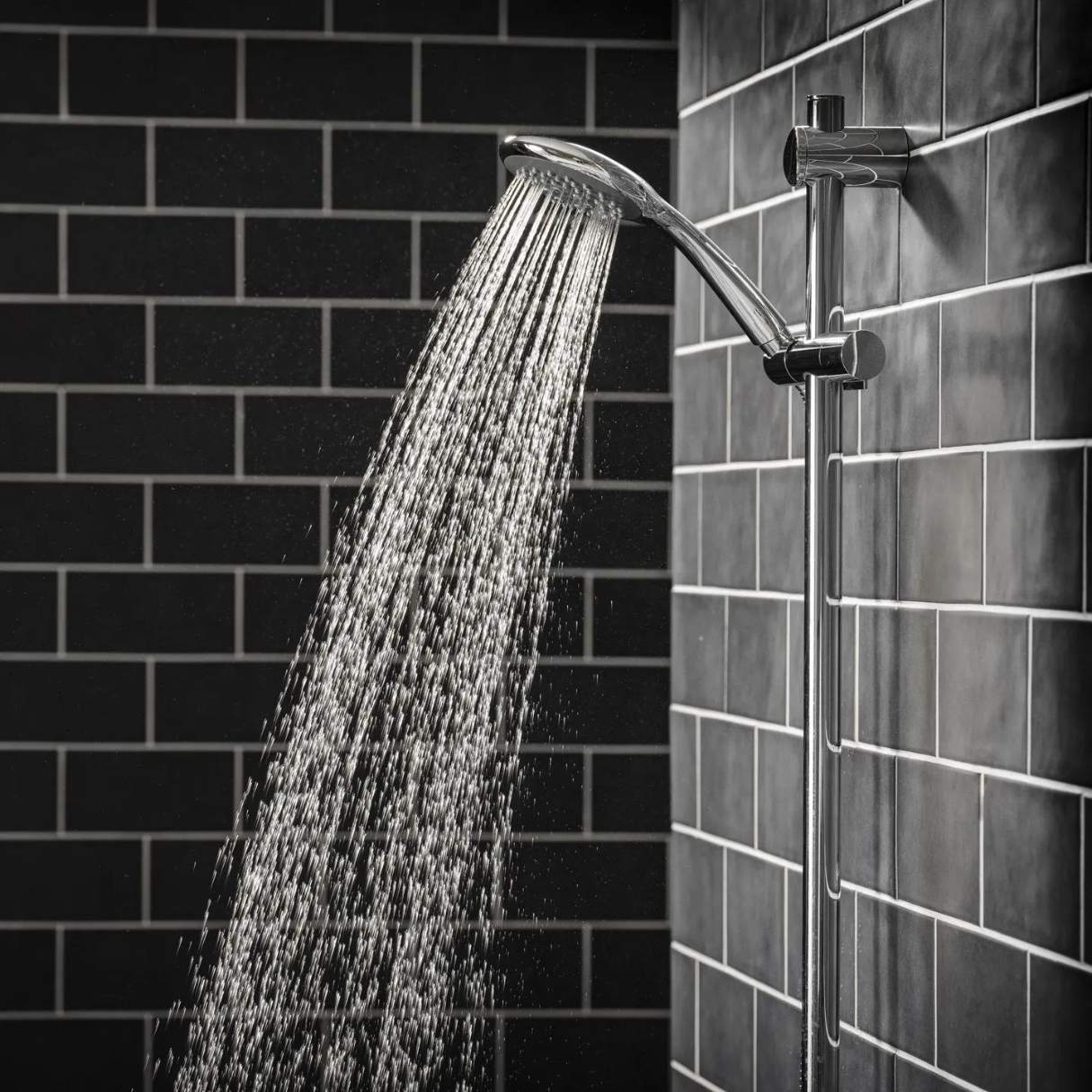

Articles
How To Know If A Showerhead Will Fit Your Shower
Modified: August 20, 2024
Discover helpful articles on how to determine if a showerhead is compatible with your shower. Find out the key factors to consider and make an informed decision.
(Many of the links in this article redirect to a specific reviewed product. Your purchase of these products through affiliate links helps to generate commission for Storables.com, at no extra cost. Learn more)
Introduction
Choosing the right showerhead for your bathroom can greatly enhance your showering experience. However, with the multitude of options available on the market, it can be challenging to know if a particular showerhead will fit seamlessly with your existing shower setup.
In this article, we will guide you through the process of determining if a showerhead will fit your shower. We will explore various factors to consider, such as the showerhead type, connection compatibility, shower arm length, water pressure requirements, and installation requirements. By understanding these key considerations, you can ensure that the showerhead you choose is not only aesthetically pleasing but also functional and compatible with your shower system.
So, let’s dive in and discover how to determine if a showerhead will be the perfect fit for your shower!
Key Takeaways:
- Choose a showerhead type that aligns with your preferences and installation requirements for a satisfying showering experience.
- Ensure seamless installation by verifying the showerhead connection, measuring the shower arm length, checking water pressure compatibility, and reviewing specific installation requirements.
Consider the Showerhead Type
When evaluating if a showerhead will fit your shower, the first step is to consider the type of showerhead you are interested in. There are various types available, each with its own unique features and installation requirements.
Some popular showerhead types include:
- Rainfall Showerhead: These showerheads are designed to mimic the feeling of standing in gentle rain. They typically have a larger face and provide a wide, soothing water flow.
- Handheld Showerhead: As the name suggests, handheld showerheads offer flexibility and convenience. They come with a hose and allow you to direct the water spray wherever you desire.
- Massage Showerhead: If you prefer a more invigorating shower experience, a massage showerhead may be the right choice for you. These showerheads feature various spray settings, including pulsating and massaging options.
- Fixed Showerhead: Fixed showerheads are the most common type and are mounted directly onto the wall or ceiling. They offer a consistent water flow and are available in different designs and water-saving options.
It’s important to choose a showerhead type that suits your preferences and requirements. Consider the size, water pressure, and functionality that you desire. Additionally, keep in mind that different showerhead types may have specific installation requirements, so factor that into your decision-making process.
Once you have decided on the type of showerhead you want, you can move on to the next step of evaluating its connection compatibility.
Determine the Showerhead Connection
Before purchasing a new showerhead, it’s essential to determine the type of connection your shower system has. This will ensure that the new showerhead can be easily installed and will fit seamlessly with your existing setup.
The most common showerhead connection types are:
- Standard Pipe Thread: This connection type, also known as NPT (National Pipe Thread), is commonly found in older homes. It consists of a threaded pipe that connects the showerhead to the shower arm.
- Quick Connect: Many modern showerheads feature a quick connect system, which allows for easy installation and removal. These showerheads typically have a male or female connector that can be effortlessly snapped into place.
Before purchasing a new showerhead, visually inspect your shower system to determine the connection type. If you are uncertain, you can consult a professional plumber or refer to the manufacturer’s specifications.
Once you have identified the connection type, ensure that the new showerhead you choose has a compatible connection. This will save you time and frustration during the installation process.
Next, let’s move on to measuring the shower arm length to ensure proper fitment.
Measure the Shower Arm Length
Measuring the shower arm length is an important step in determining if a showerhead will fit your shower. The shower arm is the pipe that extends from the wall and connects to the showerhead.
To measure the shower arm length, follow these steps:
- Locate the shower arm: The shower arm is typically visible behind or above the existing showerhead. It may be angled or straight, depending on the design of your shower.
- Prepare a measuring tape: Get a measuring tape or a ruler to accurately measure the length of the shower arm.
- Measure the length: Place the measuring tape or ruler at one end of the shower arm and extend it until you reach the other end. Note down the measurement.
Once you have measured the shower arm length, compare it to the dimensions of the new showerhead you are considering. Ensure that the length of the shower arm is compatible with the size and installation requirements of the showerhead. If the shower arm is too short or too long, you may need to make adjustments or purchase a different showerhead with a matching length.
Now that you have measured the shower arm length, it’s time to move on to the next step: checking for compatibility with water pressure.
Before purchasing a new showerhead, measure the diameter and threading of your current shower arm to ensure compatibility with the new showerhead. Most showerheads have standard 1/2-inch threading.
Checking for Compatibility with Water Pressure
Water pressure plays a crucial role in the performance and functionality of a showerhead. Before finalizing your choice, it’s important to consider the water pressure requirements of the showerhead you are interested in and ensure compatibility with your current water pressure.
Water pressure is typically measured in pounds per square inch (PSI). Different showerheads have different PSI requirements for optimal performance. Some may require higher water pressure for a strong and invigorating spray, while others may work better with lower water pressure for a gentle and relaxing shower experience.
To check your water pressure, you can follow these steps:
- Locate the water pressure gauge: The water pressure gauge is often found near the main water supply valve or near your water meter.
- Turn off all faucets: Ensure that no other faucets or appliances that consume water are in use.
- Open a faucet: Turn on a faucet fully and let the water flow for a few minutes.
- Read the water pressure: Look at the water pressure gauge and note down the PSI reading.
Compare the PSI reading of your water pressure to the recommended water pressure range specified by the manufacturer of the showerhead you are considering. Make sure they are within a compatible range for optimal performance.
In the event that your water pressure is too low or too high for the desired showerhead, you may need to consider installing a pressure-regulating valve or a booster pump to achieve the optimal water pressure for your showerhead.
Now let’s move on to verifying any specific installation requirements for the showerhead.
Verify Installation Requirements
Before purchasing a showerhead, it’s important to verify any specific installation requirements to ensure a smooth and hassle-free installation process.
Check if the showerhead you are interested in requires any of the following installation considerations:
- Thread seal tape: Some showerheads may require the use of thread seal tape (also known as plumber’s tape) on the shower arm threads for a secure and leak-free connection.
- Tools and accessories: Determine if any specific tools or accessories are needed for installation, such as a wrench or screwdriver. Ensure that you have the necessary tools on hand or be prepared to acquire them.
- Compatibility with existing fixtures: If you have existing fixtures or shower accessories, such as a shower shelf or grab bar, ensure that the new showerhead is compatible and will not obstruct or interfere with their functionality.
- Installation instructions: Review the installation instructions provided by the manufacturer. Ensure that you have a good understanding of the steps involved and any specific requirements mentioned.
- Professional assistance: If you are uncertain or uncomfortable with DIY installation, consider seeking professional assistance from a plumber to ensure proper installation and avoid any potential issues.
By verifying the installation requirements beforehand, you can ensure that you have all the necessary tools and knowledge to successfully install the showerhead.
After considering the showerhead type, connection compatibility, shower arm length, water pressure requirements, and installation requirements, you will have a comprehensive understanding of whether or not a particular showerhead will fit seamlessly with your shower system.
Remember, choosing the right showerhead involves more than just aesthetics. It requires careful consideration of these factors to ensure optimal performance and a satisfying showering experience.
Now that you are equipped with this knowledge, you can confidently find the perfect showerhead that will enhance your daily shower routine. Happy shopping!
Conclusion
Choosing a showerhead that fits seamlessly with your shower system is essential for an enjoyable and refreshing shower experience. By considering factors such as the showerhead type, connection compatibility, shower arm length, water pressure requirements, and installation requirements, you can make an informed decision and ensure a perfect fit.
Start by determining the type of showerhead that suits your preferences and requirements. Whether you prefer a rainfall showerhead, handheld showerhead, massage showerhead, or fixed showerhead, choose one that aligns with your desired showering experience.
Next, evaluate the showerhead connection type. Whether it is a standard pipe thread or a quick connect system, ensure that it matches the existing connection in your shower to ensure a seamless installation process.
Measure the length of the shower arm to ensure that it is compatible with the size and installation requirements of the showerhead you choose. A properly sized shower arm will ensure a secure and stable connection.
Check for compatibility with water pressure to ensure optimal performance of the showerhead. Compare the recommended water pressure range of the showerhead with your current water pressure and make any necessary adjustments with the help of pressure-regulating valves or booster pumps.
Lastly, verify any specific installation requirements mentioned by the manufacturer. Whether it’s the use of thread seal tape, specific tools, or compatibility with existing fixtures, being aware of these requirements will facilitate a smooth and successful installation process.
By considering these factors, you will have the confidence to select the perfect showerhead that not only complements your bathroom decor but also provides a satisfying and invigorating shower experience.
Now that you are equipped with the knowledge to determine if a showerhead will fit your shower, go ahead and explore the range of showerheads available. Upgrade your showering experience and create a rejuvenating oasis right in your own bathroom.
Frequently Asked Questions about How To Know If A Showerhead Will Fit Your Shower
Was this page helpful?
At Storables.com, we guarantee accurate and reliable information. Our content, validated by Expert Board Contributors, is crafted following stringent Editorial Policies. We're committed to providing you with well-researched, expert-backed insights for all your informational needs.
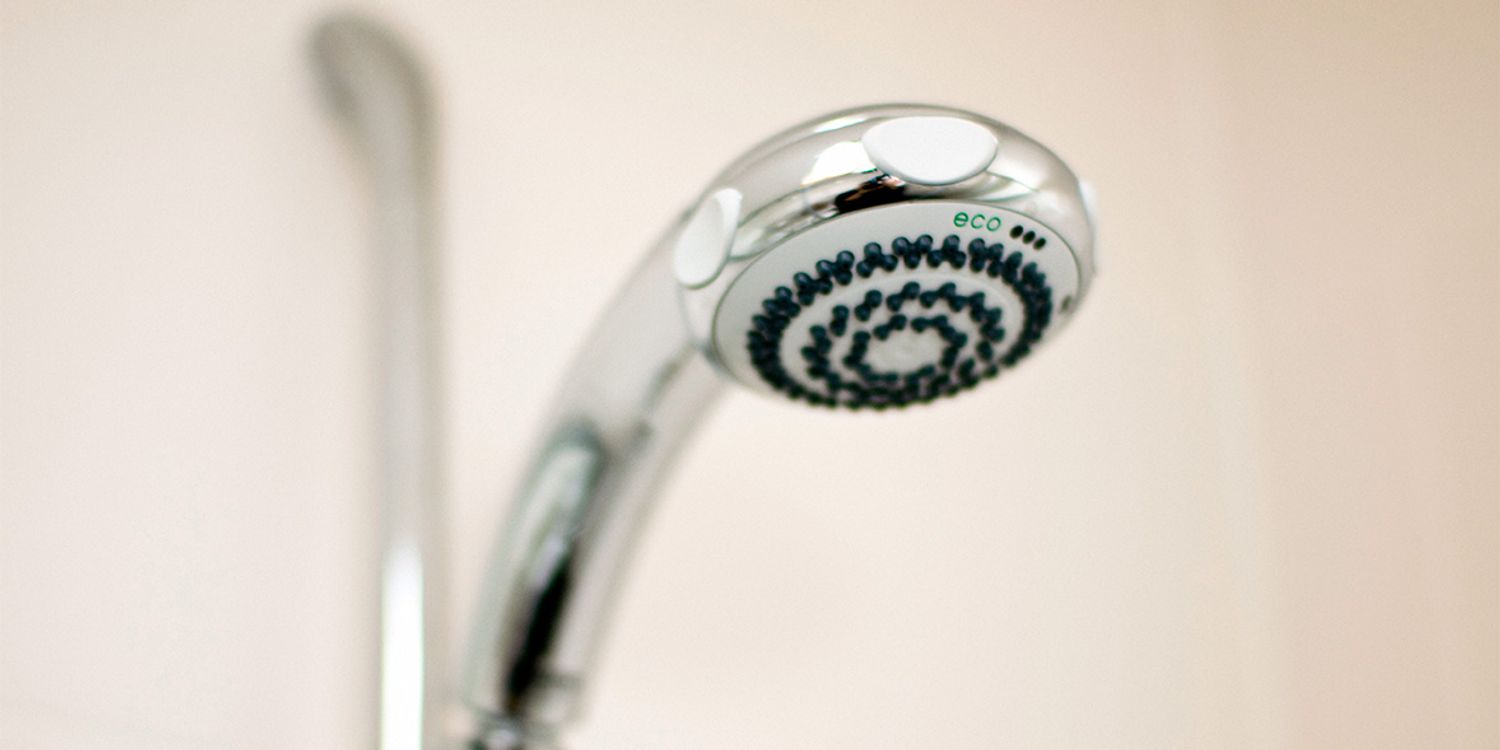
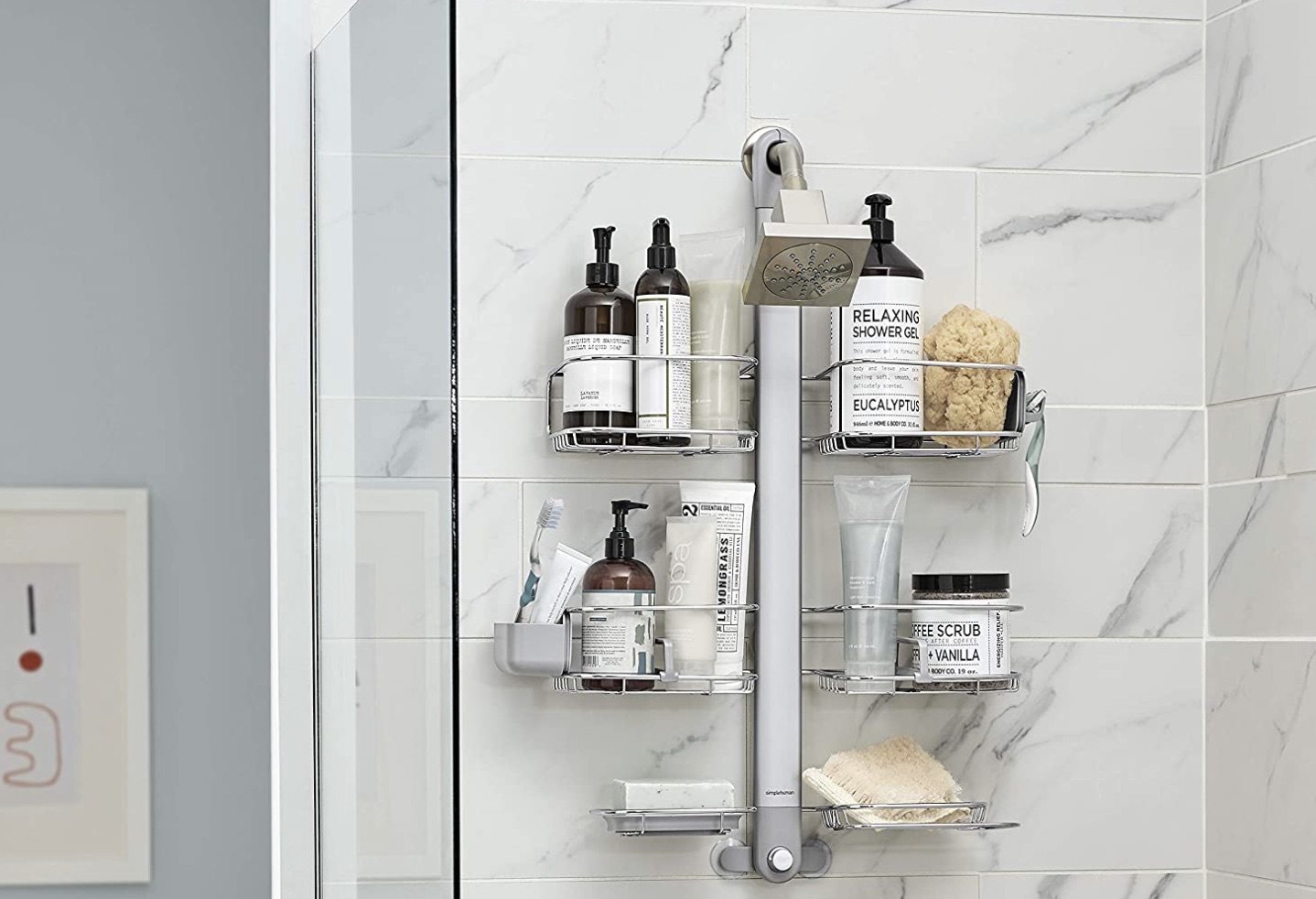
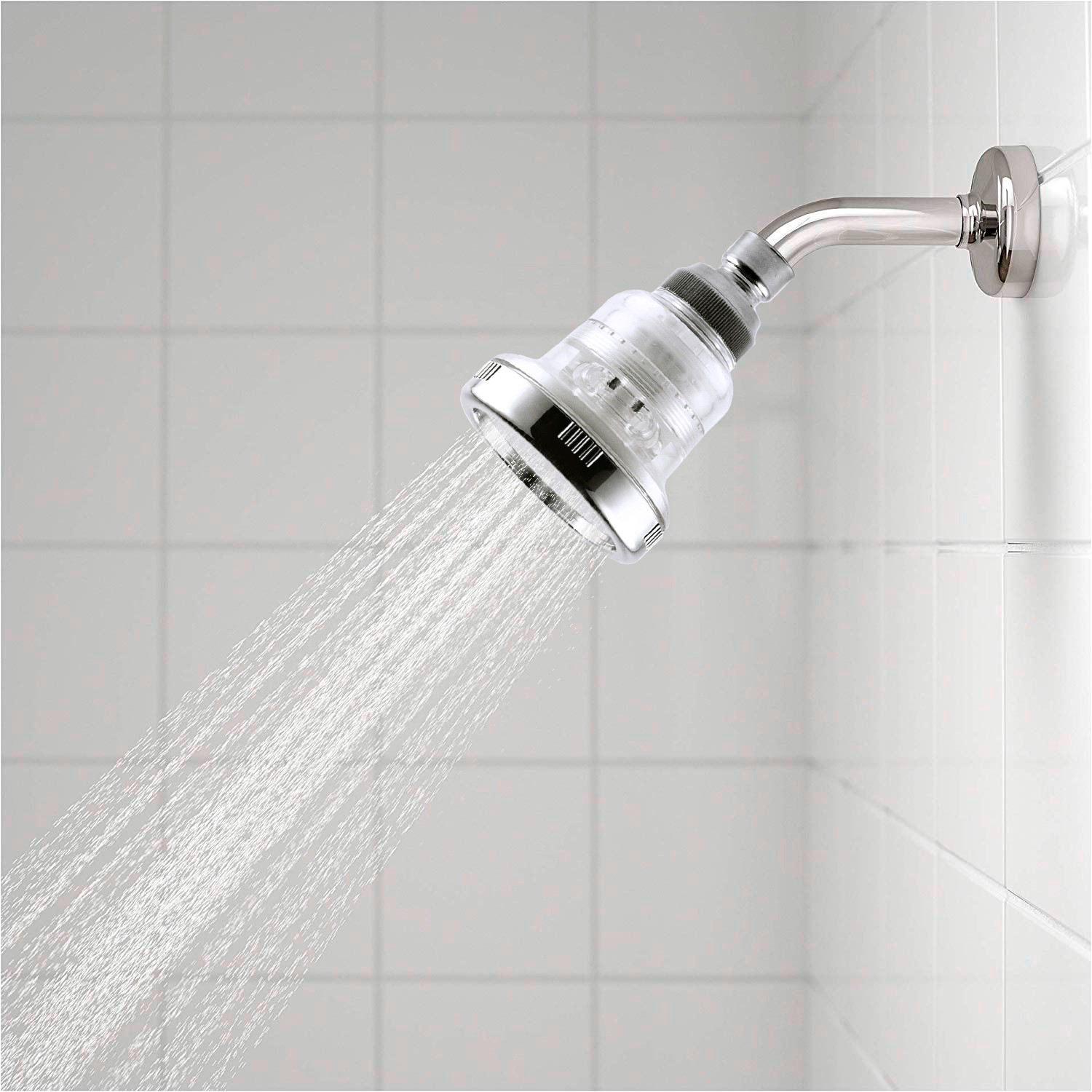

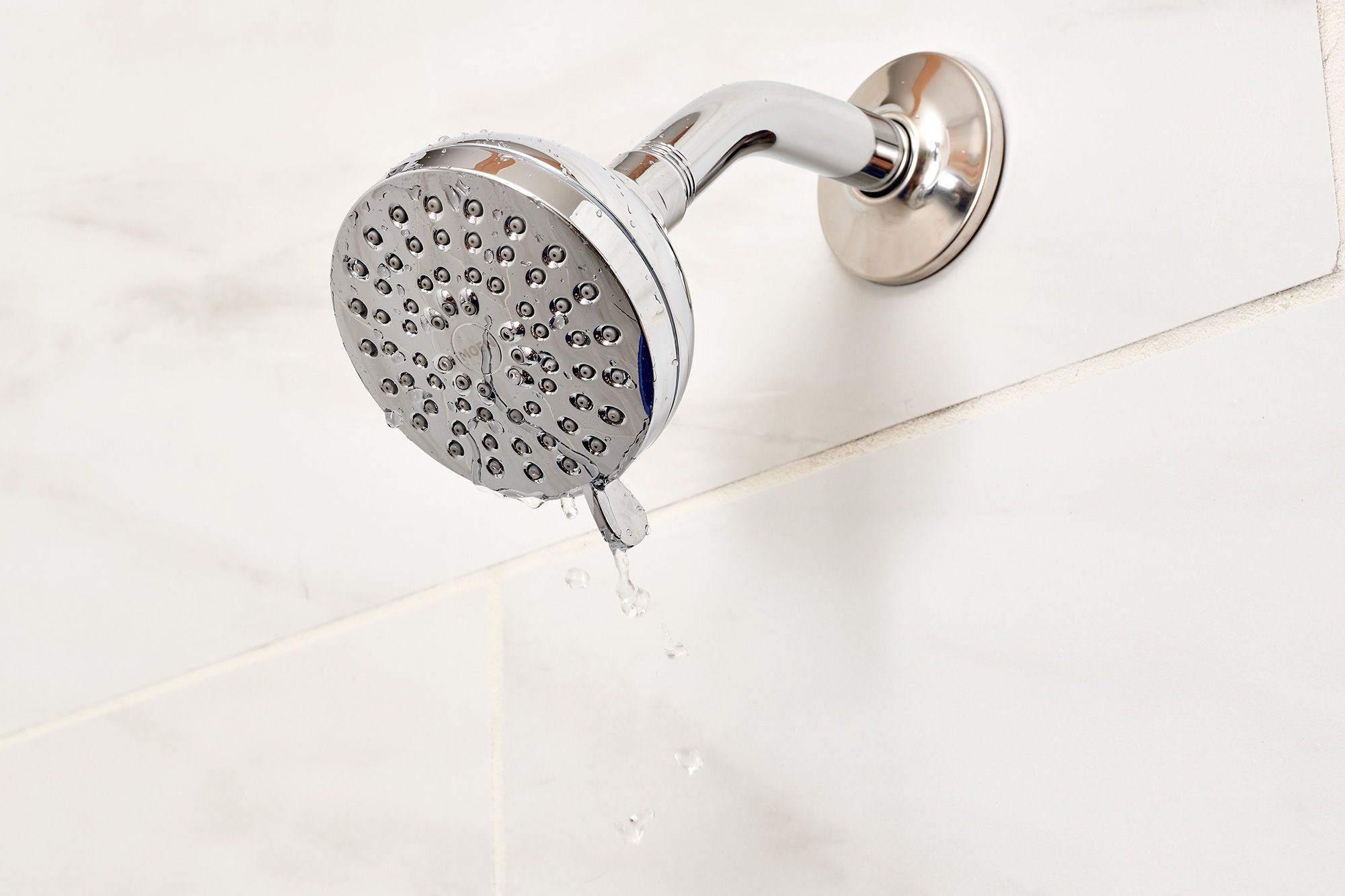
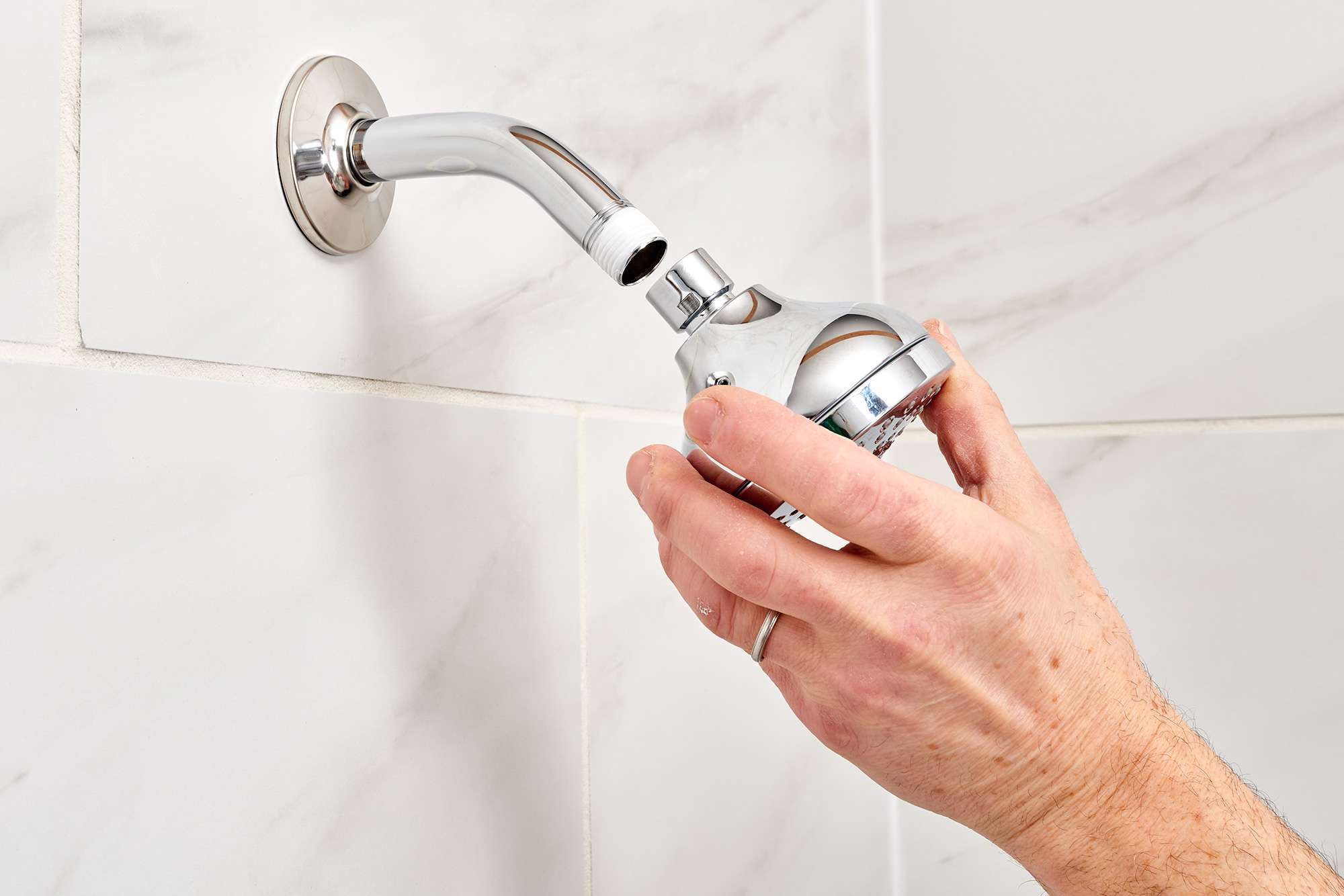
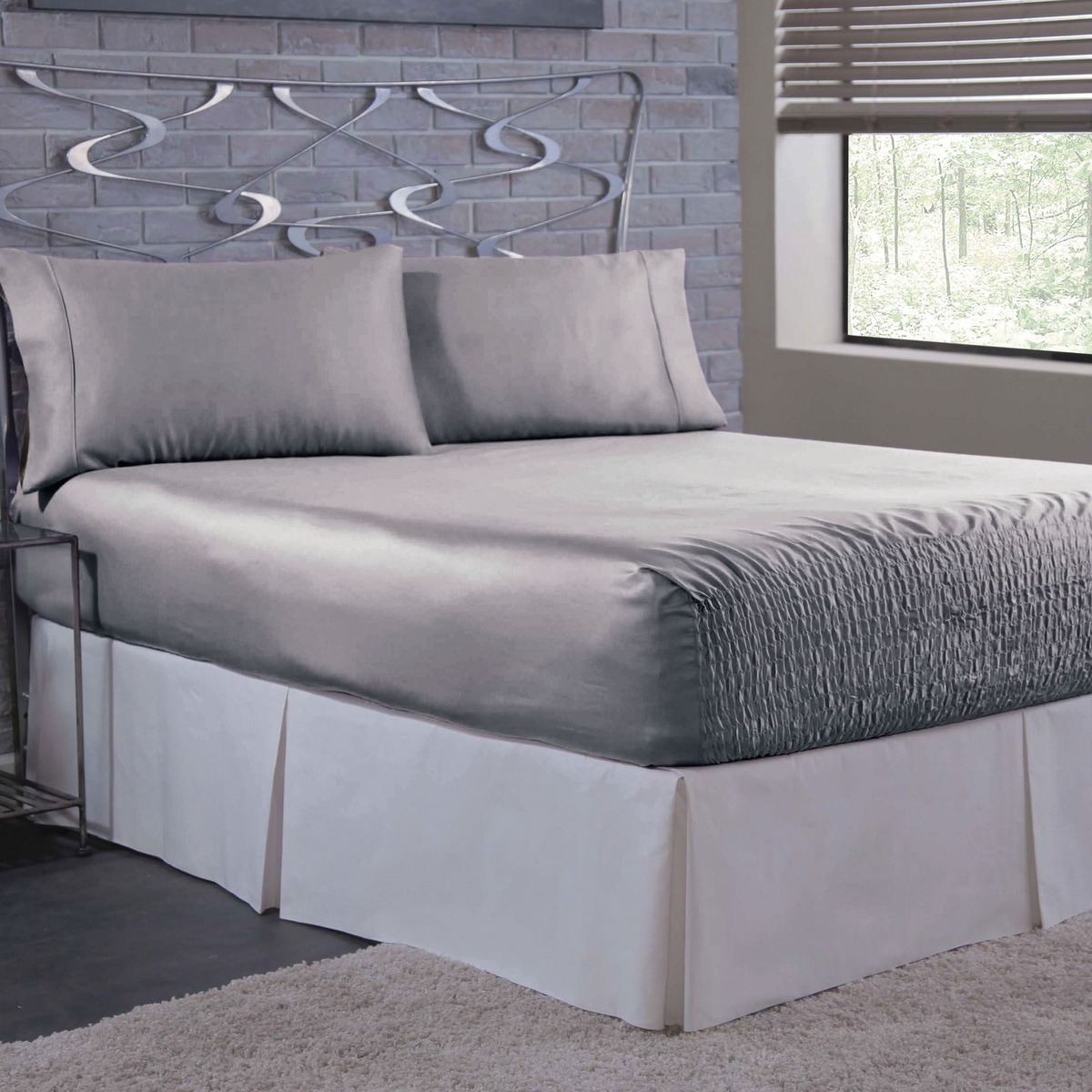
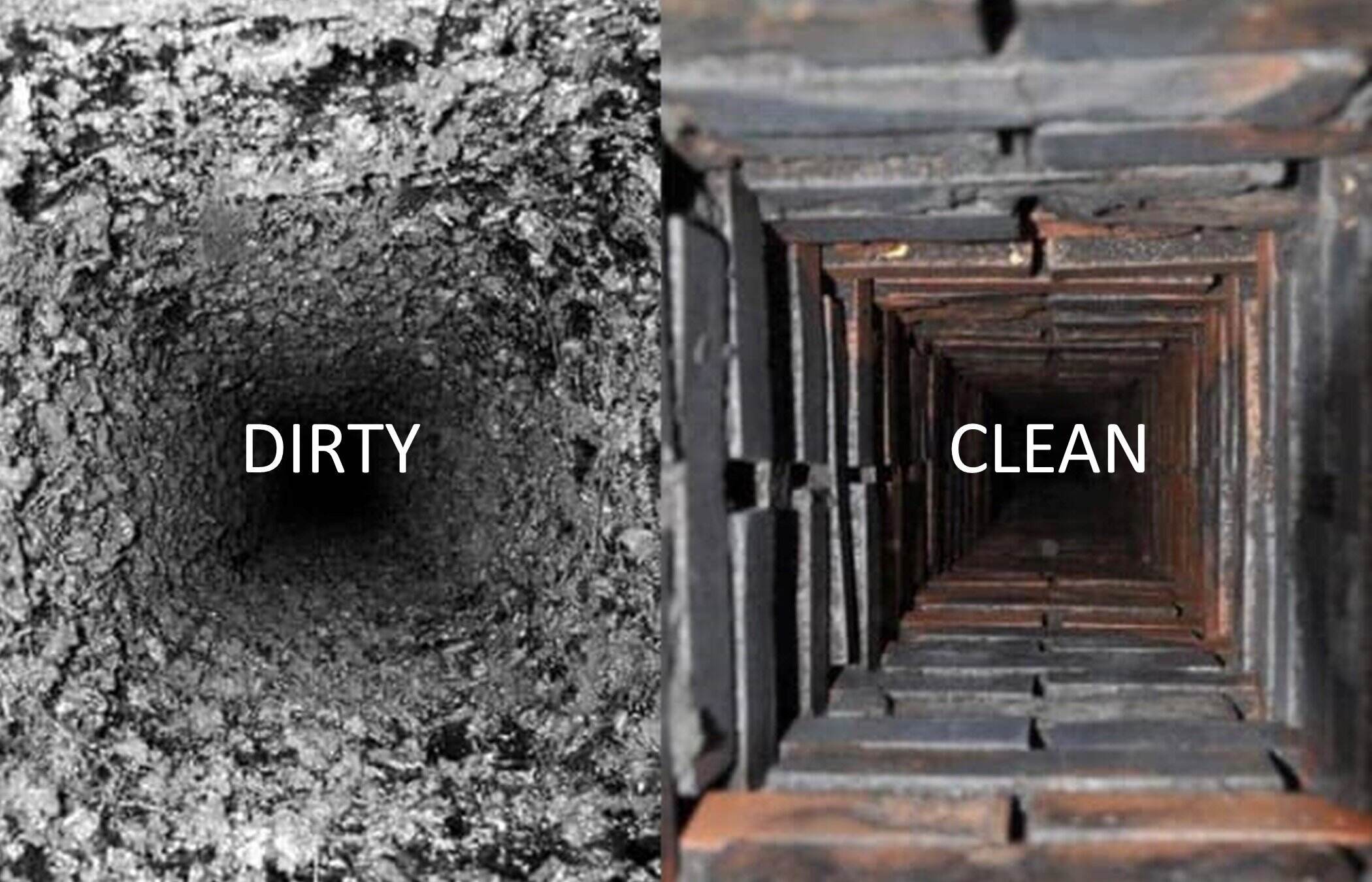
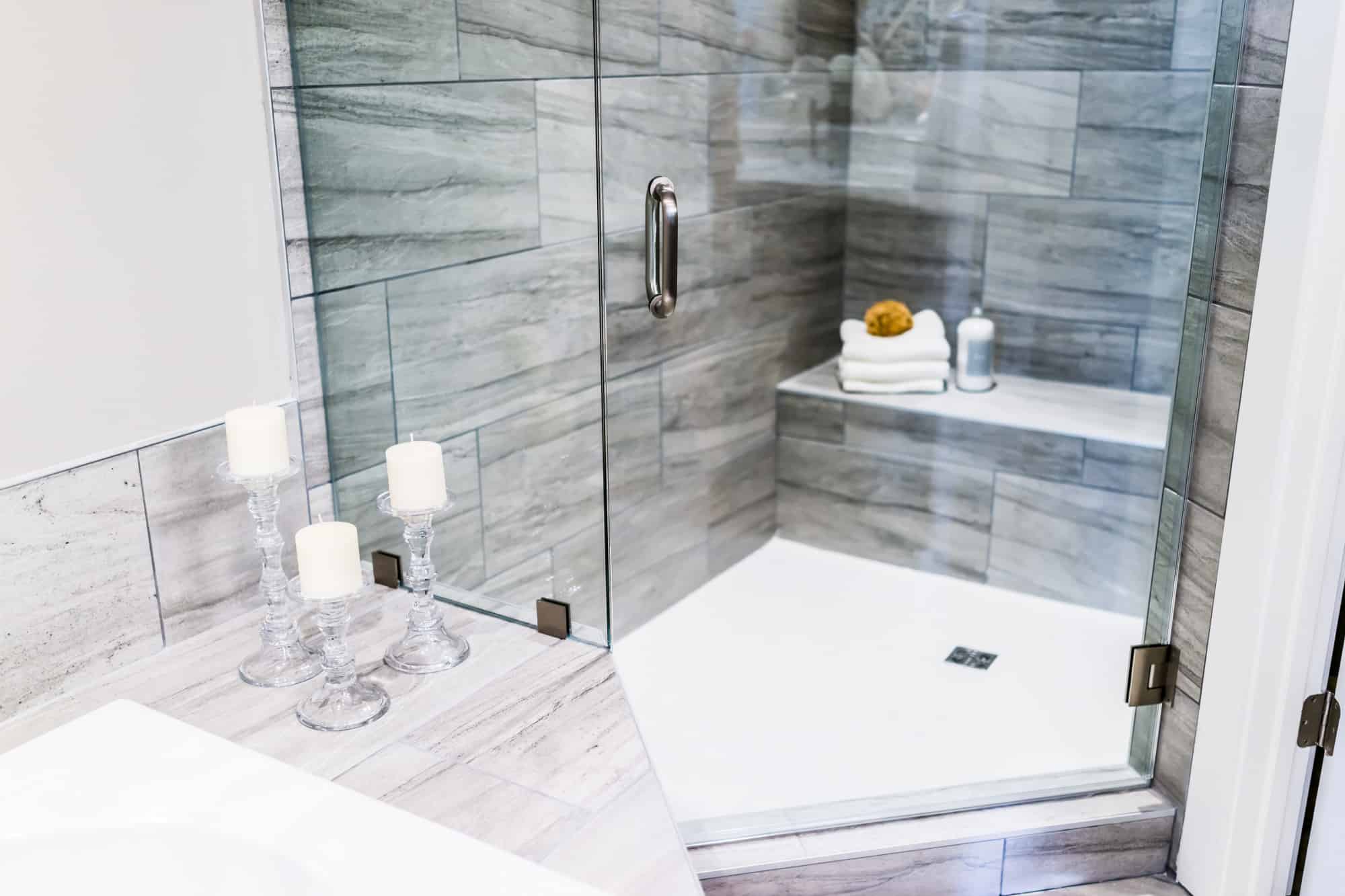
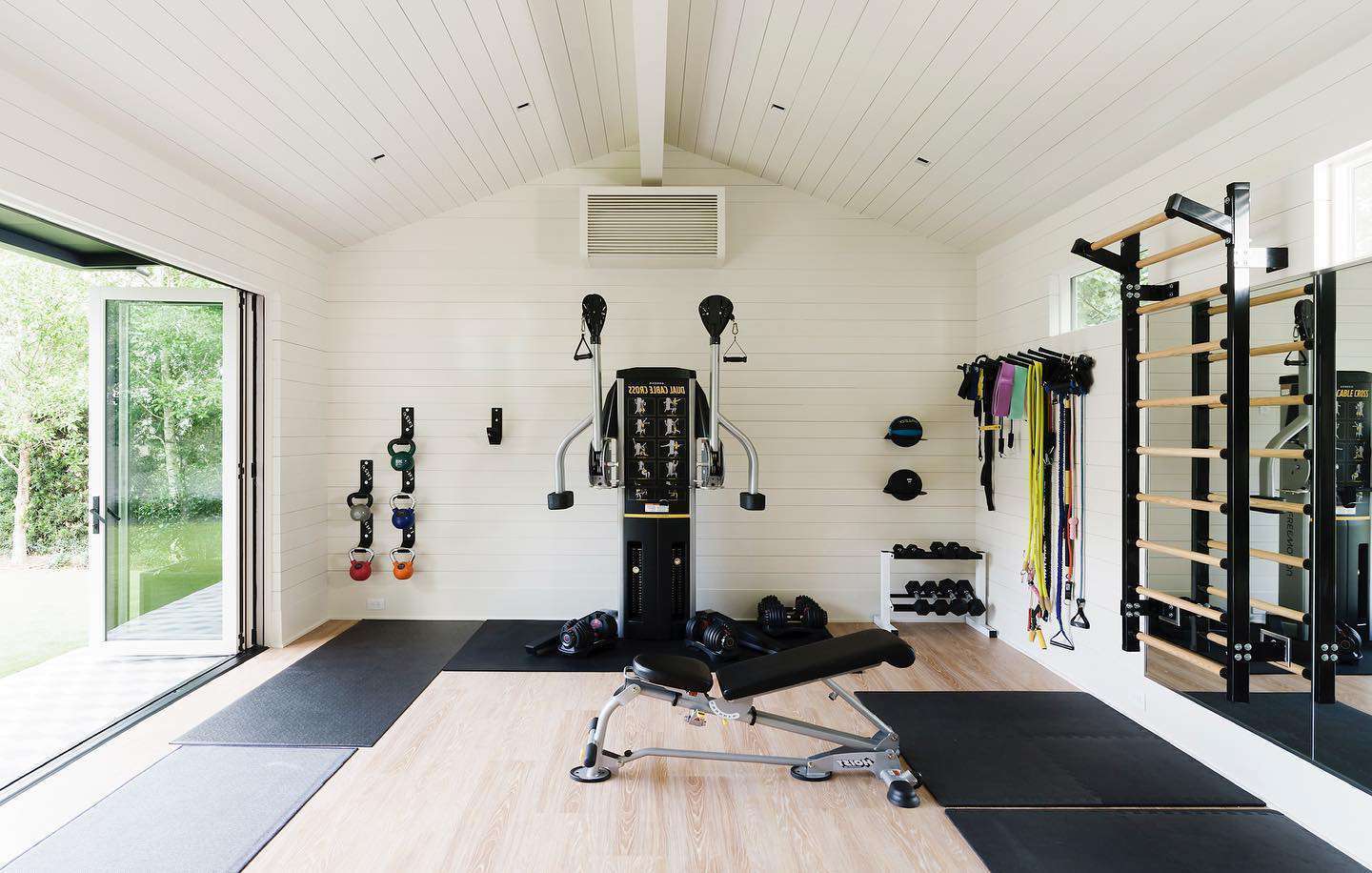
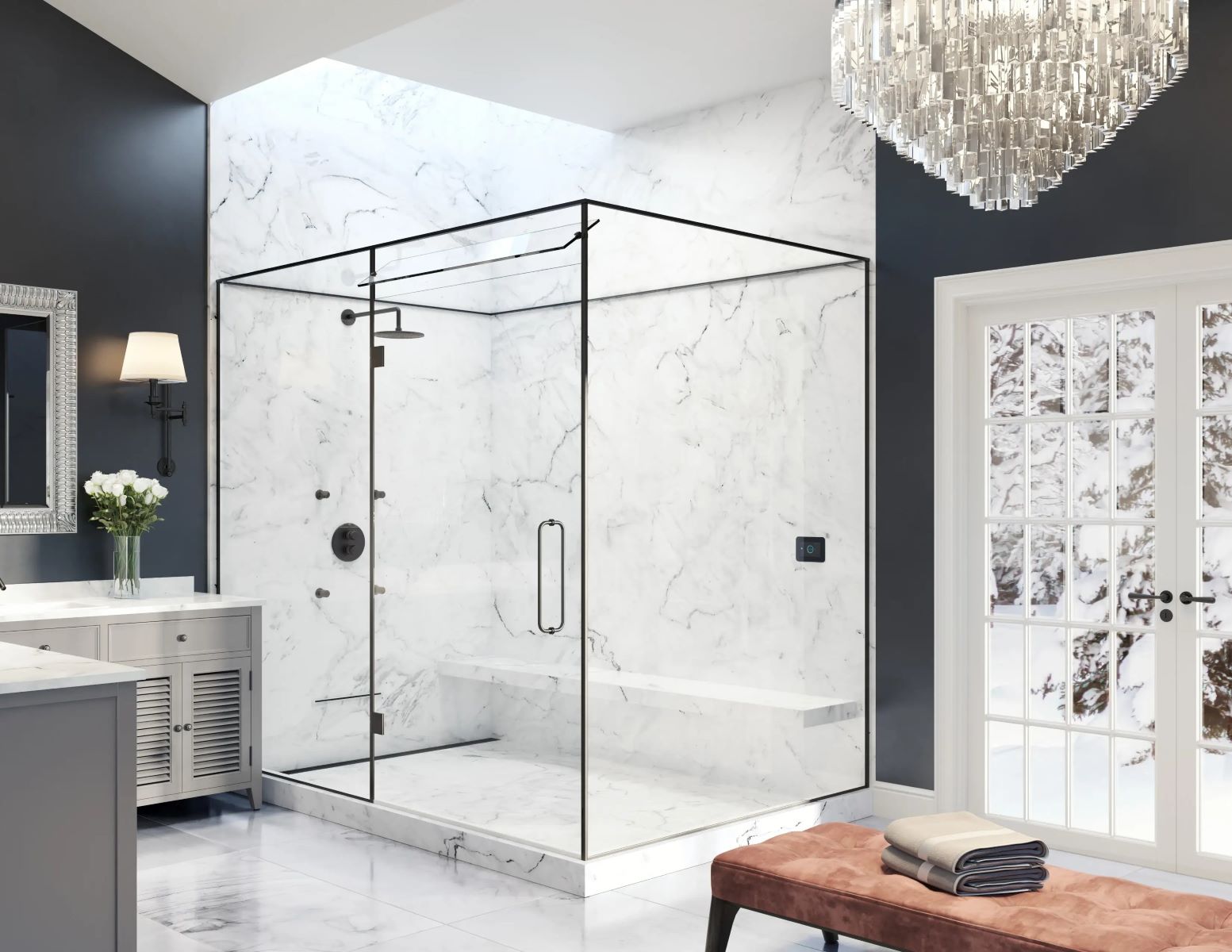
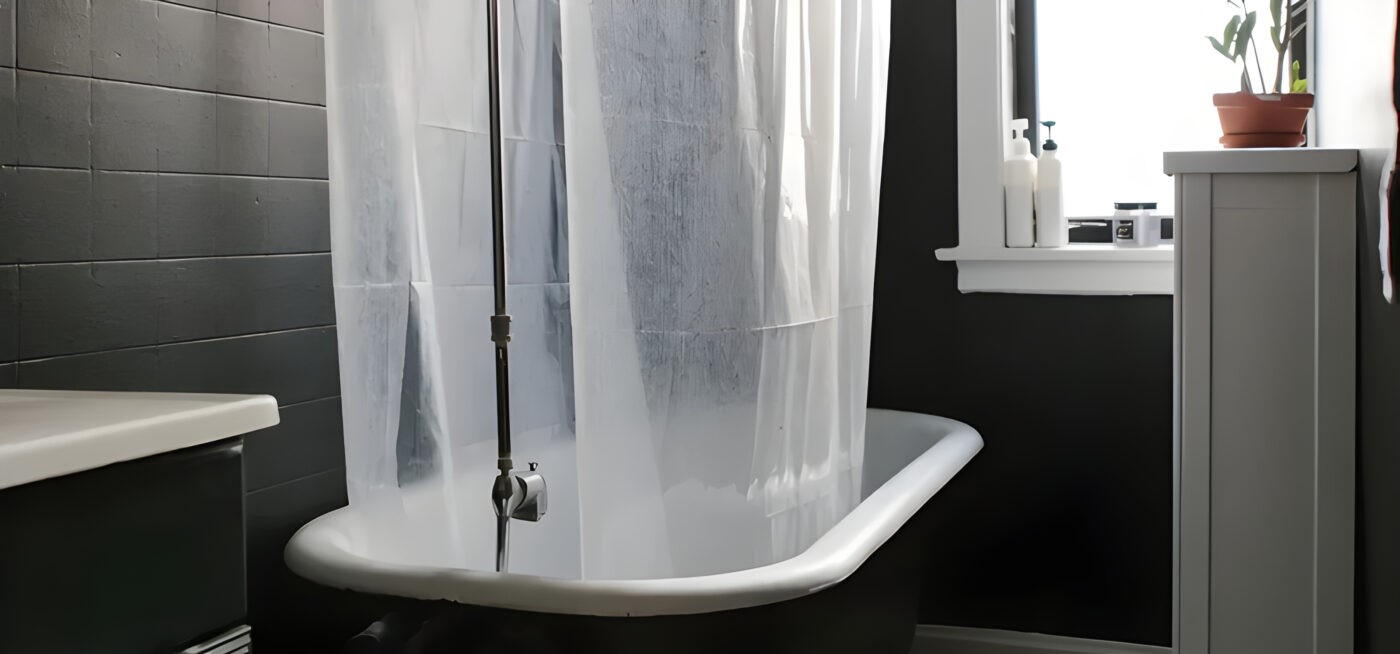
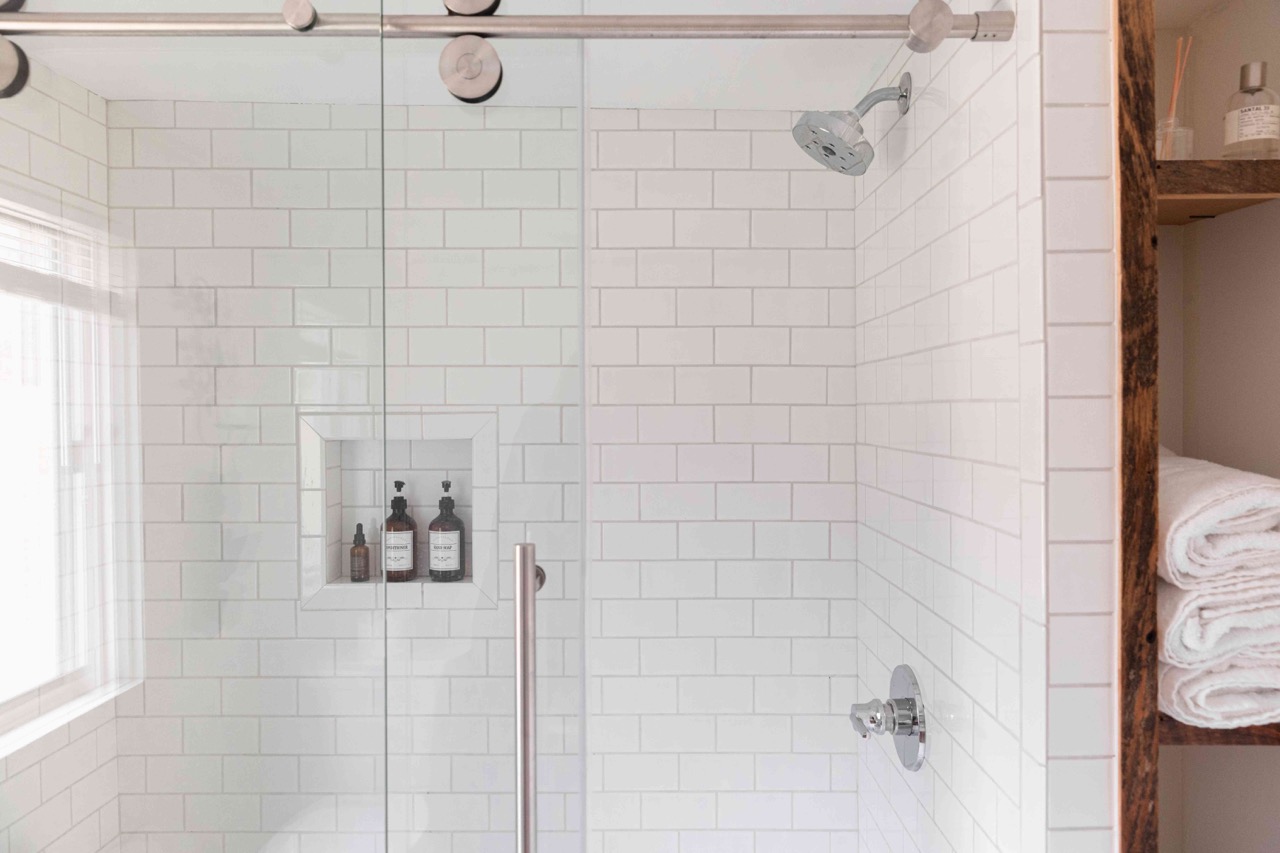
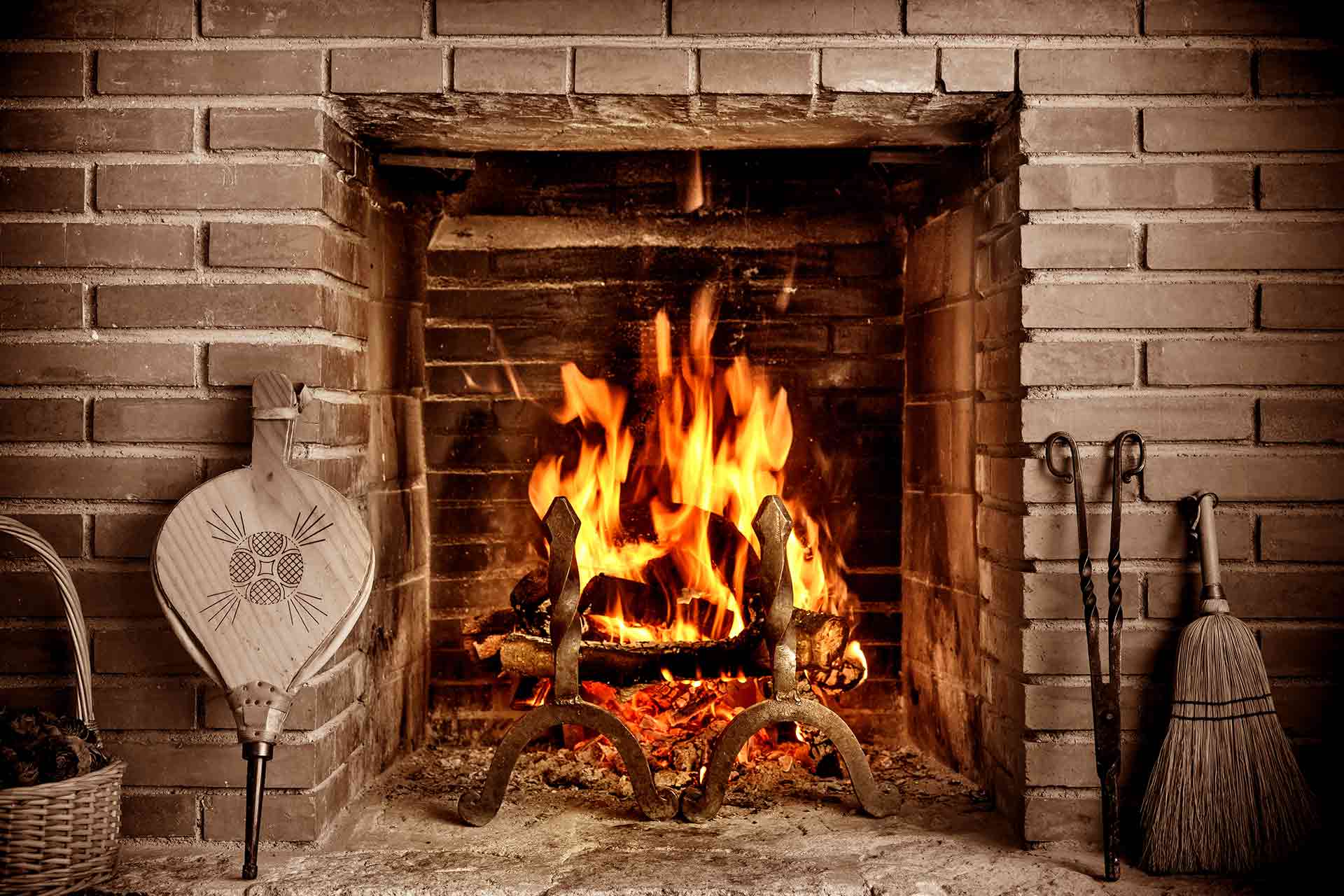

0 thoughts on “How To Know If A Showerhead Will Fit Your Shower”